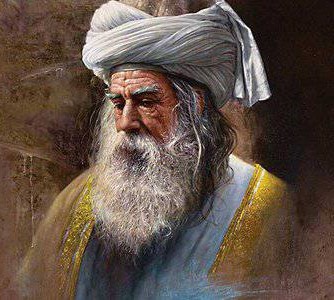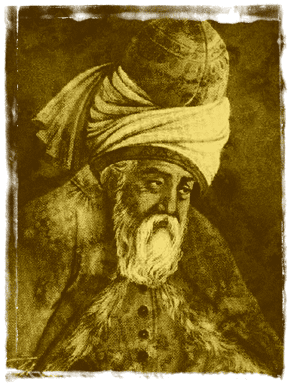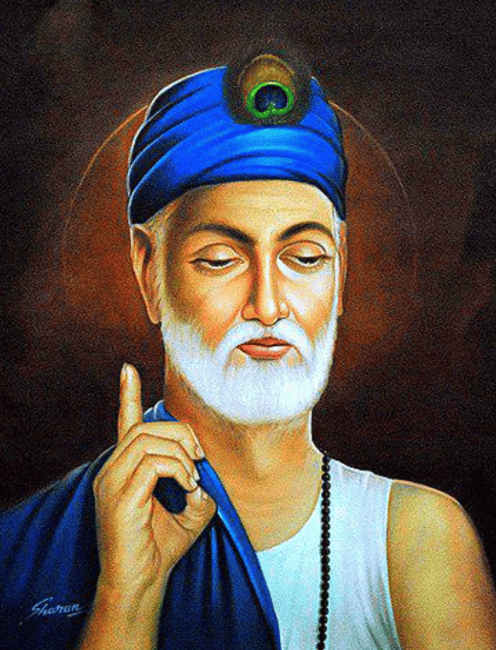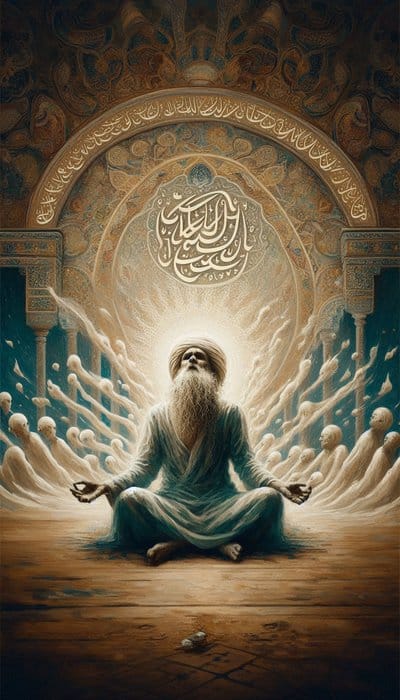I thought I’d share a few reflections on a very beautiful poem by Mansur al-Hallaj (ابو المغيث الحسين بن منصور الحلاج).
A brief biography of Mansour al-Hallaj
Mansour al-Hallaj or Mansour Hallaj was a Persian mystic, poet, and teacher of Sufism. He was born 858 CE in Iran and died in 922 in Baghdad, Iraq. He is best known for his saying: “I am the Truth”. This was hugely controversial in the Islamic world, as it was widely perceived as heretical, as a claim to divinity. As Islam is generally quite strongly dualistic it maintains a very clear division between God and humans and other living beings. Stepping over that dualistic line was not just seen as an error of experience, or philosophy, it was more like a crime against God, and therefore something which in mainstream Islam at that point brought about punishment by the Islamic authorities.
It’s worth adding that others interpreted his “I am the Truth” more as an exclamation of an instance of the annihilation of the ego, allowing God to speak through him. This is entirely in line with Sufi practice and doctrine, though very much towards the outer limits of what was considered acceptable.
Mansour al-Hallaj was imprisoned for 7 years after this public proclamation. After this he was tried, convicted, lashed, executed and his body burnt.

Nevertheless he gave one of his most profound teachings whilst in the prison cell the night before his execution. Later generations of Sufi’s have tended to venerate him as a figure of the highest statue, although his teachings still attract controversy amongst non-Sufi Muslim scholars.
Given I’ve just shared his rather shocking demise the transition to sharing one of his poems may be a little jarring – forgive me.
Stillness by Mansour al-Hallaj
Stillness, then silence, then random speech,
Then knowledge, intoxication, annihilation;
Earth, then fire, then light.
Coldness, then shade, then sunlight.
Thorny road, then a path, then the wilderness.
River, then ocean, then the shore;
Contentment, desire, then Love.
Closeness, union, intimacy;
Closing, then opening, then obliteration,
Separation, togetherness, then longing;
Signs for those of real understanding
Who find this world of little value.
Stillness
Mansur Hallaj (ابو المغيث الحسين بن منصور الحلاج)
from Islamic Mystical Poetry: Sufi Verse from the Early Mystics to Rumi,
Translated by Mahmood Jamal
Why do I love this poem so much? Anyone who has taken a serious interest in spirituality and has trod a path to practice and followed it in earnest will likely be familiar with the cornucopia of experiences which accompany you on that path.
For most of us the road isn’t straight, let alone straight up! And more than that, it isn’t one that seems to be entirely positive – at least as we experience it at the time.
A myriad of emotions befriend us as we travel the path, pretty much experiencing the full range of possibilities that a mind/heart can serve up. We visit all the realms along we way, from the highest heavens to the lowest hells. A few individuals seems to bypass all this – how blessed, perhaps?
And even the practices themselves can almost invite the more painful visitors to stop awhile and encamp in our hearts. Mahasi Sayadaw type Vipassana practice is rather notorious for introducing practitioners to ‘the Dark Night of the Soul’, given it’s super intense focus on Anicca, impermanence.
A travelogue of spiritual experience
Stillness by Mansour al-Hallaj is probably my favourite travel journal for this aspect of the spiritual life. Rather than just sunny photos of the brightest and finest it really does beautifully convey how so many of us have gone through so many highs and lows, so many distinct phases that it’s almost as if there’s some sort of cosmic joke going on.
All this is especially so if you are trying to get somewhere in your spiritual practice, or perhaps more to the point, trying to get away from somewhere and exchange it for something better – Nirvana, heaven, Liberation, God, etc, etc.
Take heart
So take heart wherever you are on your path, whatever the visitors in your heart and mind. None of these experiences last forever. Wherever you are, and however it feels you are not permanently stuck, like an endless purgatory.
Moreover experiences are just the weather along the way. As al-Hallaj says they are indicators of your progress (if you wish to think of it in those terms) along the path. They are not digressions or deviations so much as just the outcome of the serious commitment and application you have made.
However tough it gets know that you are not alone in this – so many others have gone through these tribulations, and the complete freedom from suffering is very much achievable in your lifetime. Know all these experiences as just the magical play of mind, the dance of expression, which is entirely free of ground or substance. In truth they are not an expression of luminous emptiness in the sense of something ‘other’ coming from it, but the very basis itself at play, none other than ‘this’. See them for what they are, and be free.
And as an aside on the more ‘pleasant’ experiences along the spiritual path, it’s important not to get waylaid by experiences of emptiness, clarity and bliss, however seductive these are. Realisation is something else altogether, though may well be accompanied by those three friends!
I bow deeply to al-Hallaj
I bow deeply in respect to al-Hallaj not just for this poem and the extraordinary teachings that he left. But most deeply for the most profound commitment he had to the Sufi path and following it to the end.
Images of Mansur al-Hallaj, and this poem Silence
There are of course relatively few images of significant Sufi figures, given the general disapproval in Islam of representational figures of humans. So I was curious to see what generative AI made of this poem, and am sharing them here in case of interest:

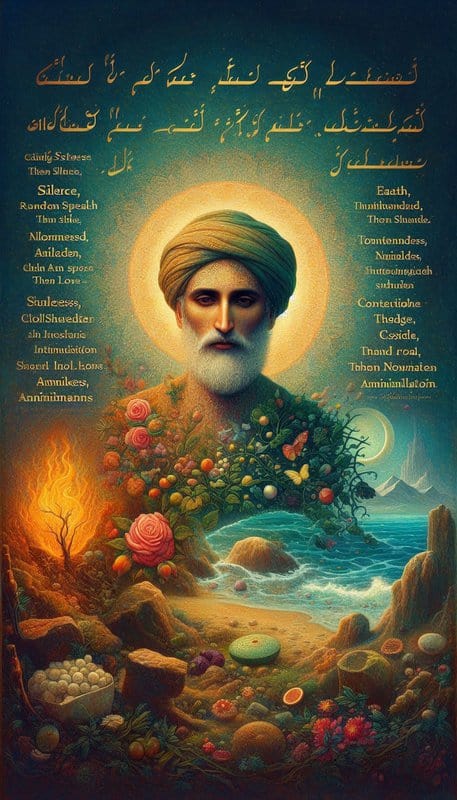
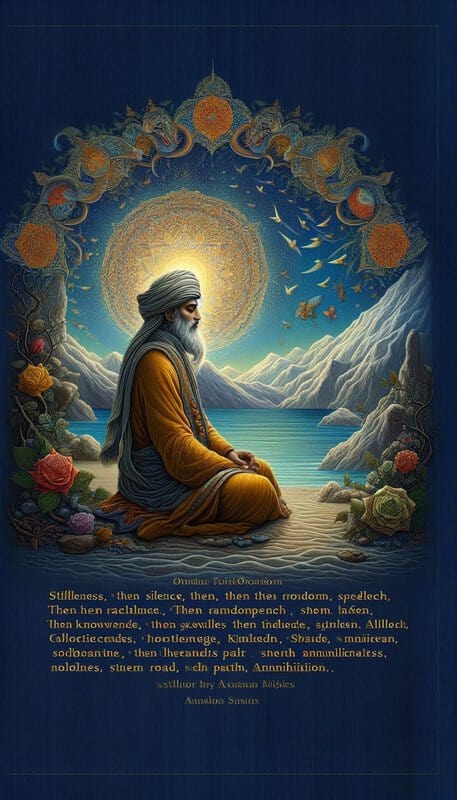
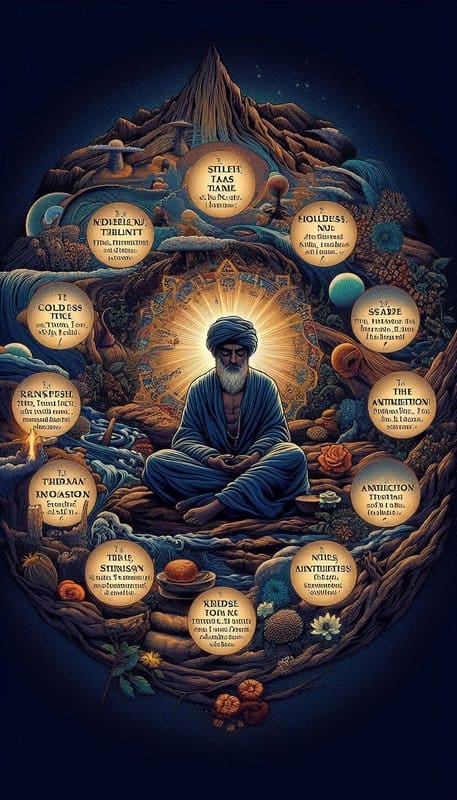
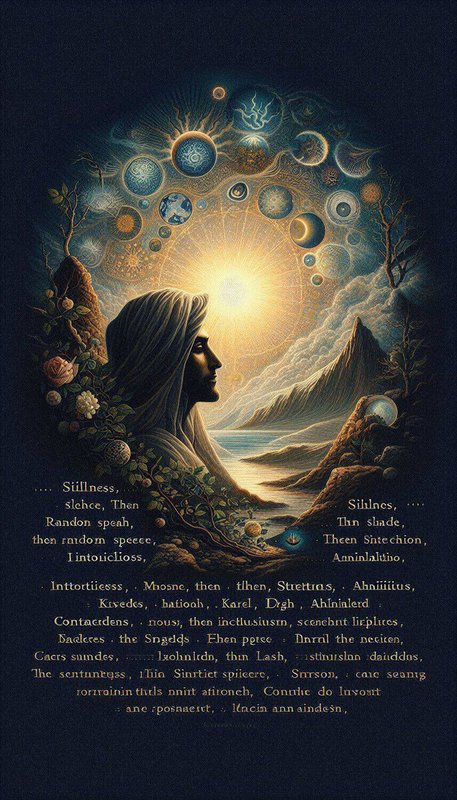
Original source: Islamic Mystical Poetry: Sufi Verse from the Early Mystics to Rumi

